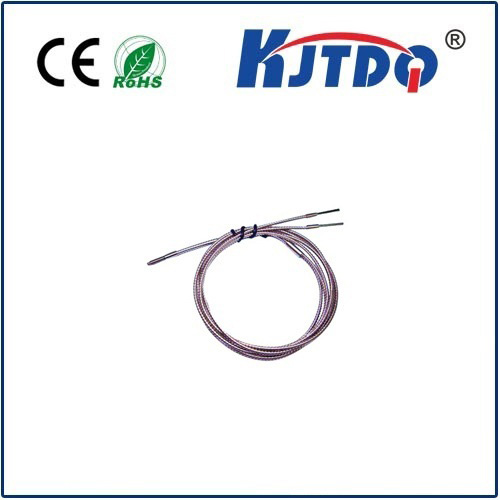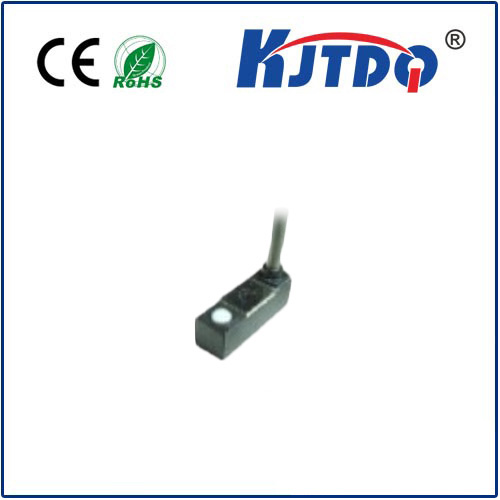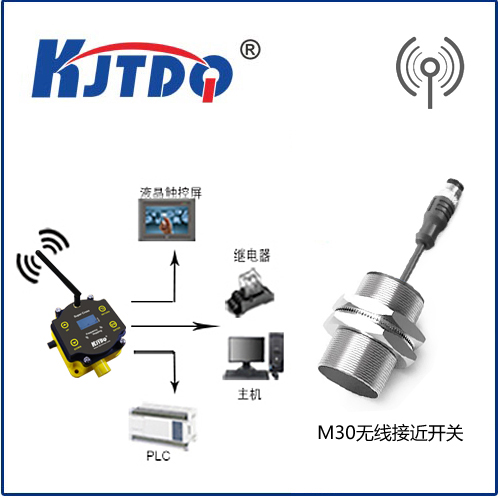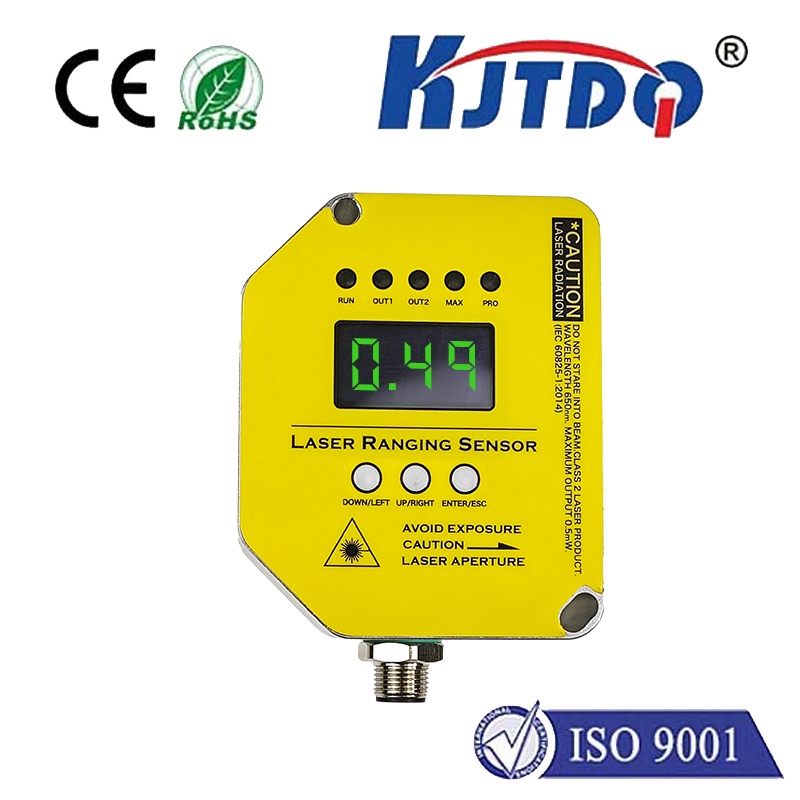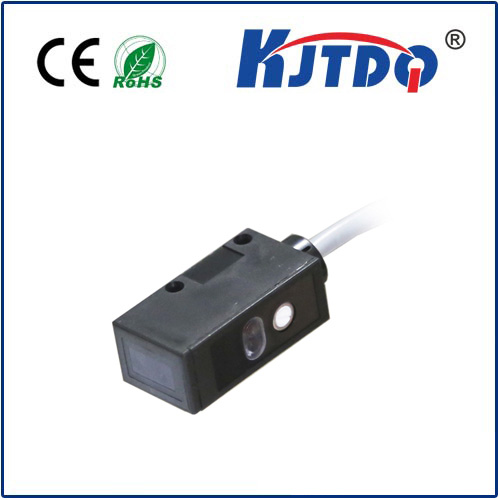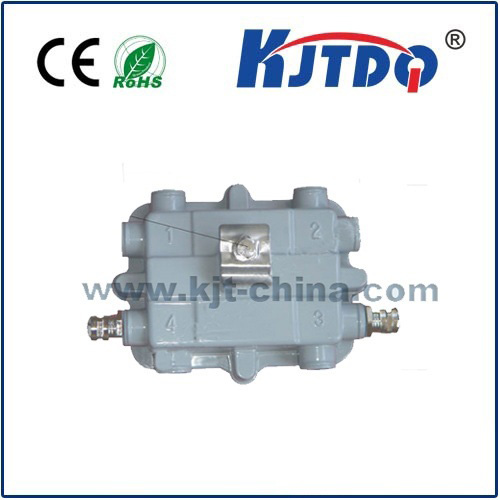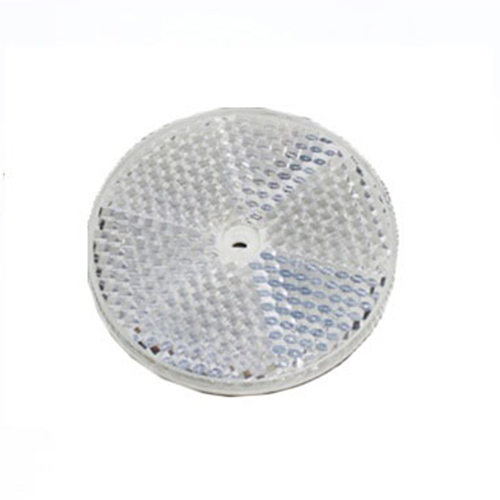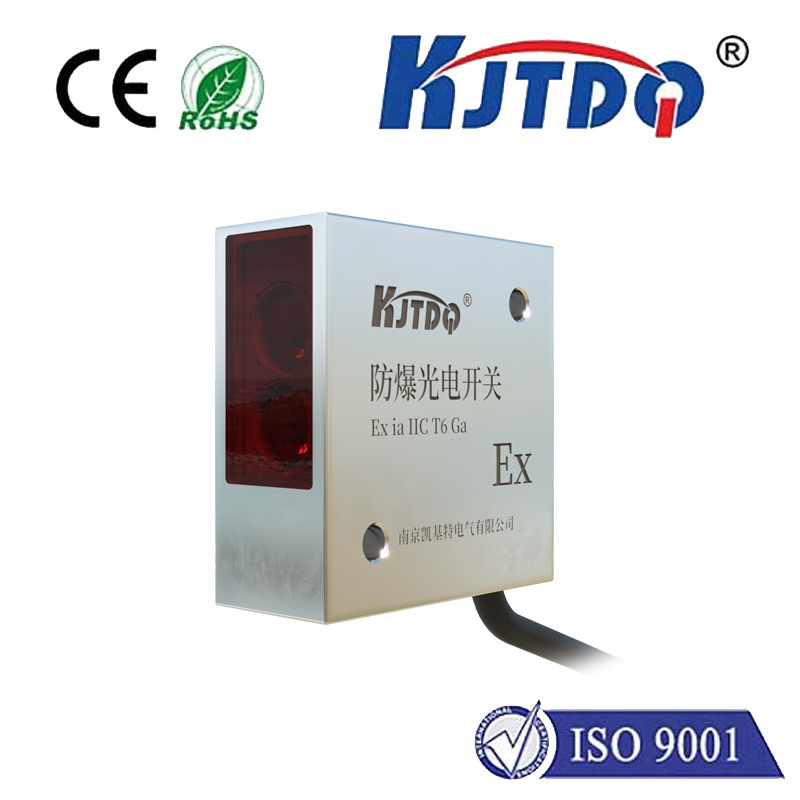Pulsed Lidar: The Cutting-Edge Technology Powering Precision Mapping and Autonomous Systems Imagine a technology that can map terrain with centimeter-level accuracy, detect obstacles in real time for self-driving cars, and even uncover ancient archaeological sites hidden beneath dense forests. This is the transformative potential of pulsed lidar, a groundbreaking remote sensing method that is redefining industries from autonomous vehicles to environmental science. In this article, we explore how pulsed lidar works, its applications, and why it’s becoming indispensable in our quest for precision and efficiency.
Pulsed lidar (Light Detection and Ranging) is an advanced form of lidar technology that uses short bursts of laser light to measure distances and create high-resolution 3D maps of environments. Unlike continuous-wave lidar, which emits a steady laser beam, pulsed lidar relies on ultrafast laser pulses. These pulses travel to a target, reflect off surfaces, and return to a sensor. By calculating the time-of-flight (ToF) of each pulse, the system generates precise spatial data. This method’s ability to deliver sub-centimeter accuracy over long ranges—even in low-light or adverse weather conditions—makes it superior for applications demanding reliability and detail.
At its core, pulsed lidar operates on three key components:
Pulsed lidar’s versatility is unlocking innovations across sectors:

Self-driving cars rely on pulsed lidar to “see” their surroundings. Companies like Waymo and Tesla integrate this technology to enhance object detection, especially in complex urban environments. Unlike cameras or radar, lidar excels in low-visibility scenarios, such as fog or heavy rain, making it critical for safe autonomy.
From tracking deforestation to optimizing crop yields, pulsed lidar provides granular insights. For instance, researchers use airborne lidar to map forest canopy structures, estimating carbon storage and biodiversity. In agriculture, farmers deploy ground-based systems to analyze soil health and irrigation needs, reducing water waste by up to 30%.
Cities leverage pulsed lidar for smart city initiatives, including flood risk modeling and infrastructure inspection. By creating digital twins of bridges or highways, engineers can identify structural weaknesses before they become hazards.
Lidar’s ability to penetrate vegetation has revolutionized archaeology. In 2018, researchers used pulsed lidar to uncover a sprawling ancient Maya metropolis in Guatemala—a discovery that would have taken decades using traditional methods.
Pulsed lidar outperforms alternatives like radar and photogrammetry in several ways:
As the technology matures, several trends are shaping its evolution:
In an era where precision and speed are paramount, pulsed lidar stands out as a game-changing tool. Whether guiding autonomous vehicles through chaotic streets or preserving ecosystems through data-driven conservation, this technology is proving its value across disciplines. As research continues to refine its capabilities, one thing is clear: pulsed lidar isn’t just about measuring distance—it’s about unlocking a clearer, safer, and more efficient future.
